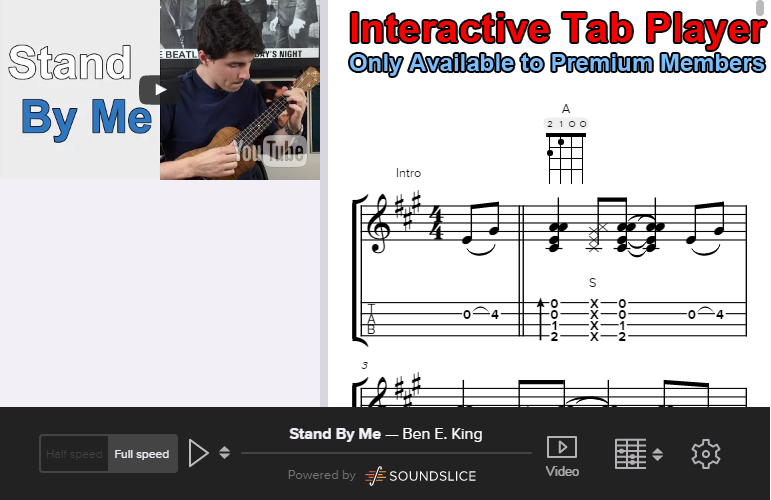Below is the lesson for “Fingerpicking Etude no. 21”.
Helpful Tips
Learn a sad, yet beautiful composition that teaches you two ways to approach playing arpeggios. The first utilizes fingerpicking, while the second is a creative way to replace a traditionally strummed chord. First off, what is an arpeggio?
At its simplest definition, it describes that the notes of a chord are to be played one after the other, rather than at the same time. Now this lends itself quite logically in that you can simply fingerpick a chord. For example, let’s take a look at the bar on the left.
Click the image to enlarge it.
Here we have approach 1, which plays the notes that comprise C Major individually; in this specific order: C (1) E (3) G (5) C (1).
Contrast that to the bar on the right, which depicts all three notes stacked upon each other; this denotes a singular chord with one exception. The squiggly line to the left of it tells us that it should be arpeggiated. In other words, instead of strumming or plucking in unison, we must pluck one note, starting at the top (string 4), before plucking the next (string 3, then 2, then 1), and that it should happen in rapid succession.
This second approach produces a really interesting sound and is a great way to substitute the traditional timbre of a plucked or strummed chord.
Part 1 – Performance & Free Lesson


